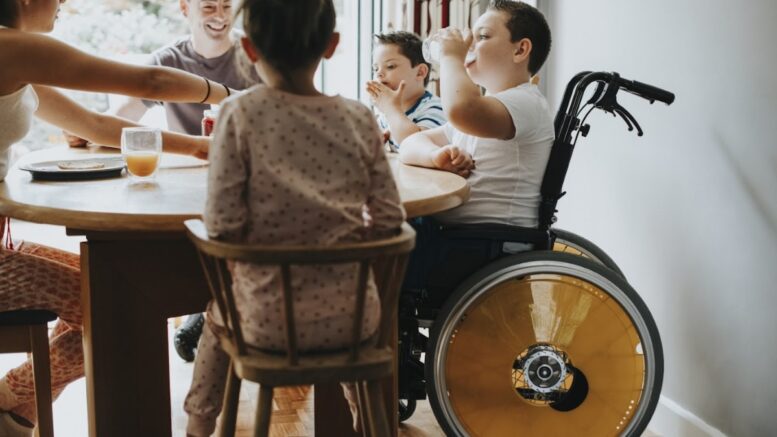Accessibility is a key issue worldwide. With an aging population in many countries, such as the UK with over 14 million of which have a disability, equity and access in both public and private spaces is an essential consideration. Much has already been made about the accessibility gap in public spaces, from failures to provide equitable access to transport to the inadvertent impacts of hostile architecture. But what of accessibility in the home?
If you or someone you know has a disability or impairment, or has begun to experience difficulty moving in line with older age, you might be thinking about adapting a home to better suit essential needs. This can be done in a few ways, in order to make life easier and to restore dignity to the simple act of living.
Bathroom Accessibility
Of the various ways in which homes can be made more accessible, bathroom alterations are amongst the most important. Improving accessibility here is tantamount to giving agency and dignity to those with physical disabilities, and can be a bellwether moment with regard to at-home independence.
Grab-rails and an emergency alarm are standard alterations for such spaces, but perhaps the best way to improve accessibility overall is to convert the bathroom to a wet-room. Shower toilets allow ease of access to all facilities, as well as ease of cleaning – which can make all the difference to someone’s sense of ownership in their space.
Outdoor Accessibility
Whether leaving the home for the garden or arriving back home after time out, access to and from the home is a vital consideration. Step-free access is one of the more important factors here, in order to allow those with mobility issues stress-free ingress – or in order to allow wheelchair users ease of access to their home.
Step-free access can mean something different depending on the situation. Ramp access might be an inexpensive and equitable option, but can sometimes be an exhausting one for those with energy-limiting conditions. In these scenarios, a wheelchair-accessible lift can be the most equitable way to ensure step-free access to raised front doors or patios.
Stairlifts
Finally, one of the more drastic accessibility alterations that can be made to a home comes in the form of a stairlift. Whether someone has recently developed mobility issues, or their age has led to a weakening of the joints, a stairlift can make an extreme difference to their quality of life. Harmonyhomemedical.com has products like stairlifts, wheelchairs etc. You can buy and grab bars to keep your home safe.
For elderly people and certain members of the disabled community, stairs are a difficult obstacle to clear – something which can have dramatic impacts on personal comfort and safety, particularly where they are climbing them unsupervised. Adding a stairlift returns agency to the homeowner, and removes a barrier that, in some cases, has seen people living on the bottom floor to avoid having to traverse the stairs at all.
